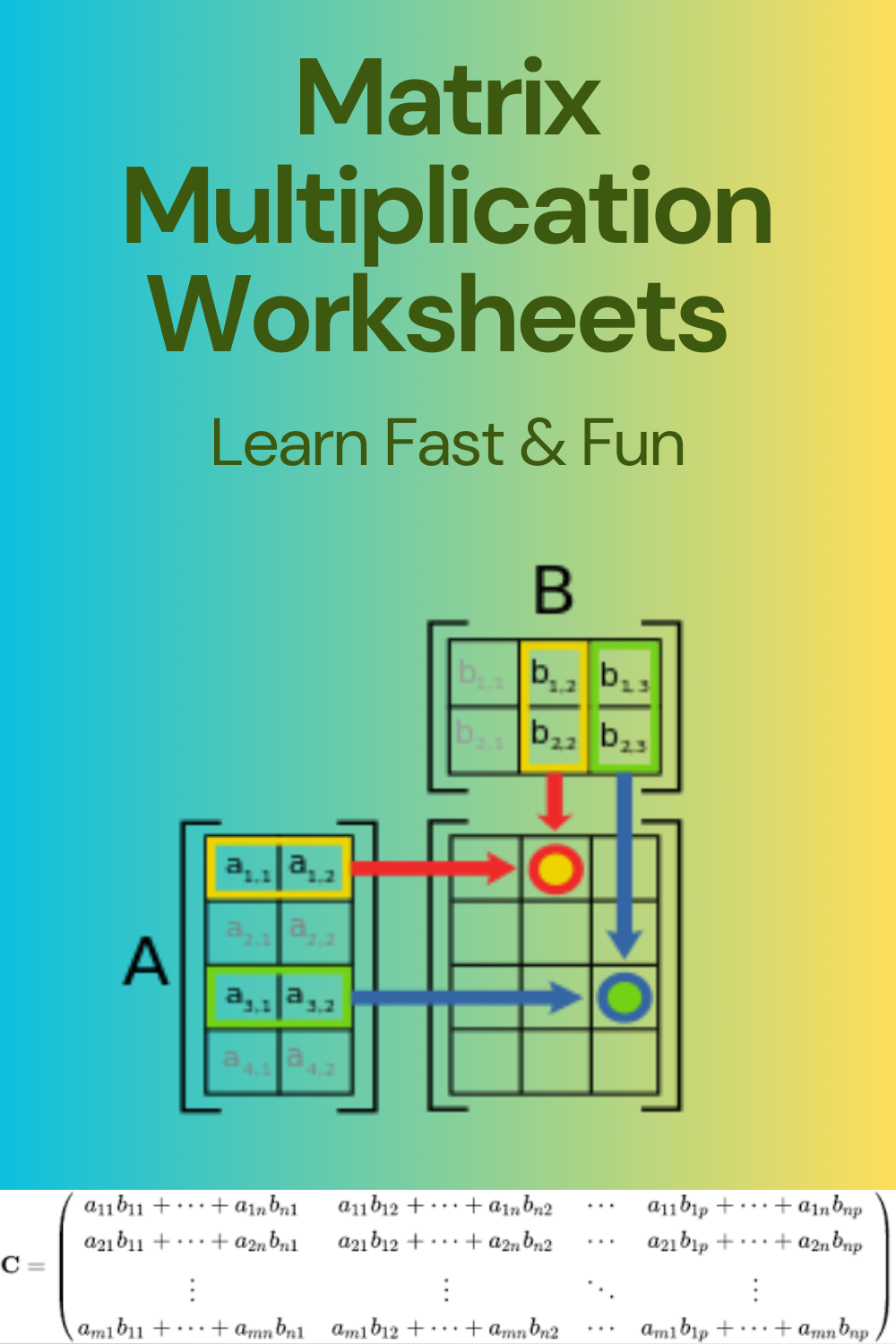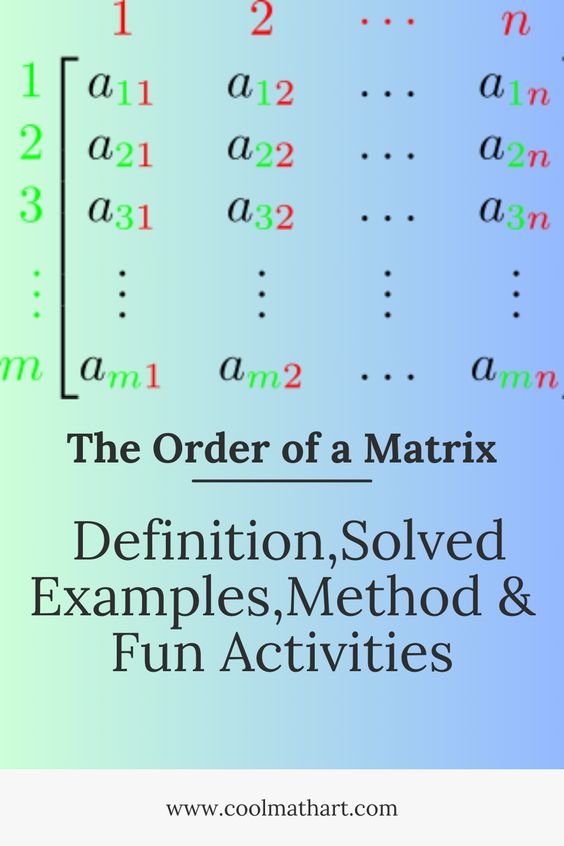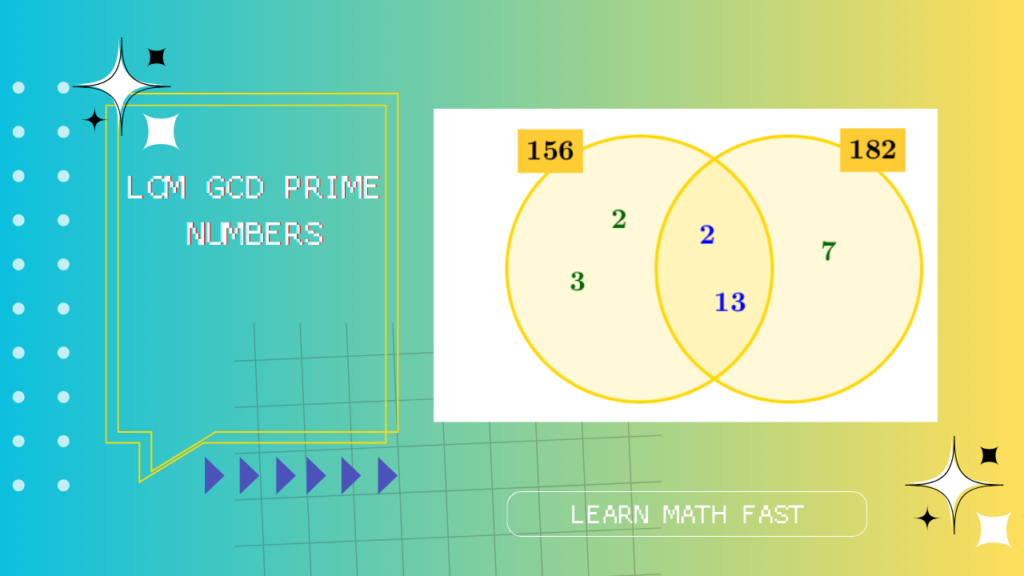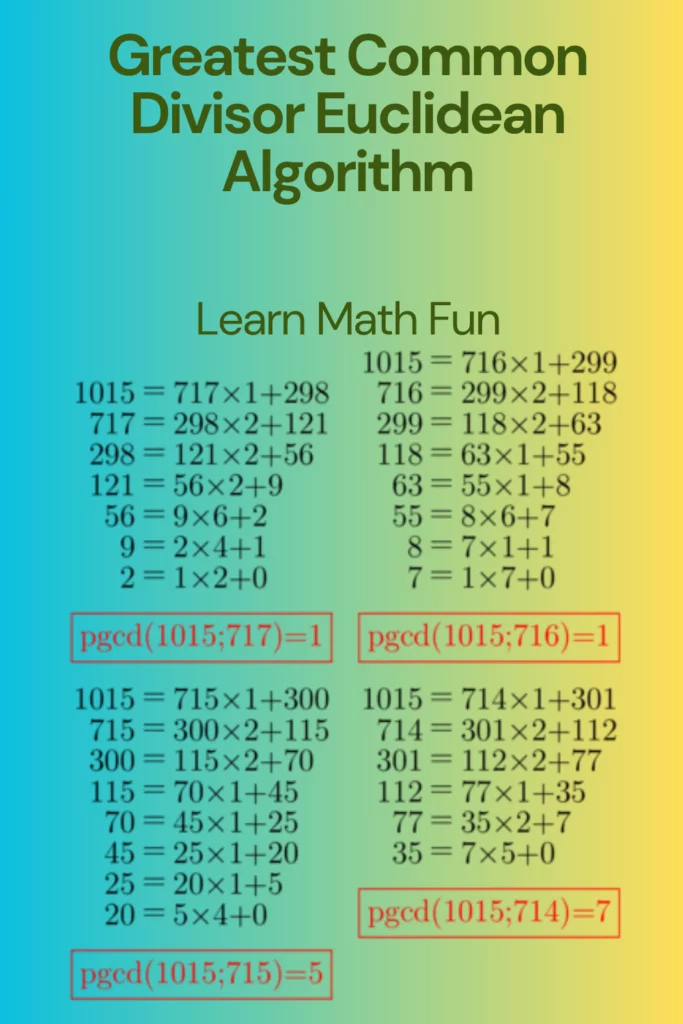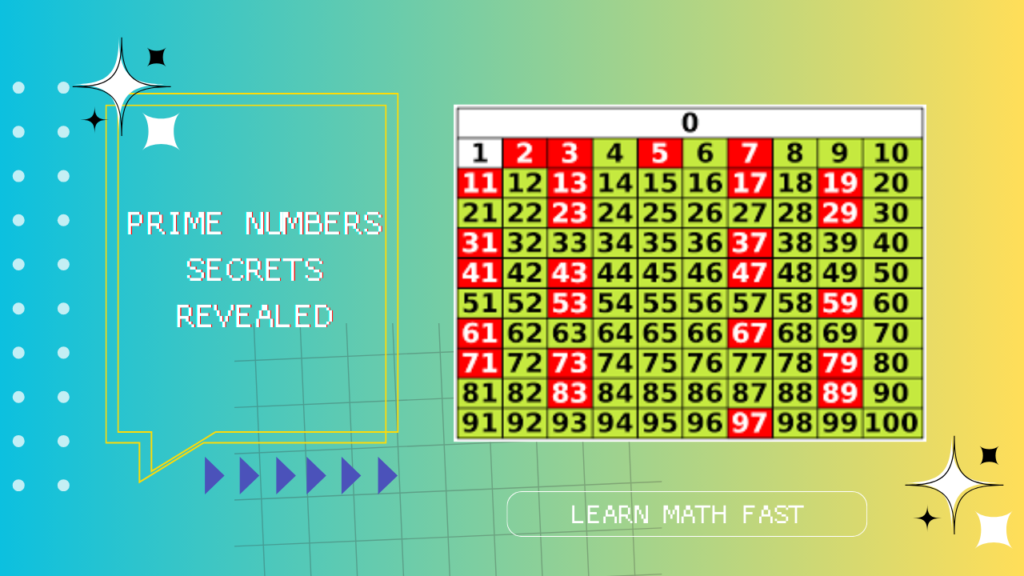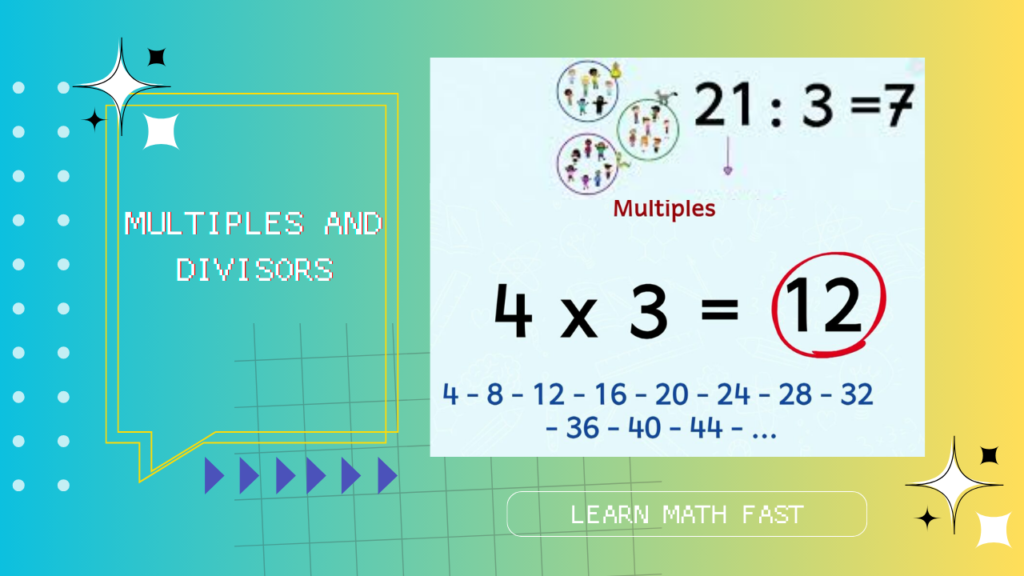We discuss about Matrix Multiplication.
What is Matrix Multiplication?
Matrix multiplication is a mathematical operation that takes two matrices as input and produces a third matrix as output. The matrices must have compatible dimensions in order for multiplication to be defined. If the number of columns of A be not equal to number of rows of B, then AB is not defined.
The product of two matrices is calculated by multiplying the corresponding elements of each matrix and summing the products. For example, if we have two matrices, A and B, with dimensions (m x n) and (n x p), respectively, then the product of the matrices, AB, will have dimensions (m x p).
To calculate the element at row i, column j of the product matrix, AB, we multiply the elements in row i of the first matrix, A, with the corresponding elements in column j of the second matrix, B, and sum the products. For example, to calculate the element at row 1, column 1 of AB, we would multiply the first element in row 1 of A with the first element in column 1 of B, then multiply the second element in row 1 of A with the second element in column 1 of B, and so on. We would then sum all of these products to get the element at row 1, column 1 of AB.
Matrix multiplication is a powerful mathematical operation that has many applications in a variety of fields, including engineering, physics, chemistry, computer science, and finance.
Consider matrices A and B:
Matrix A=
| a11 a21 a31 |
| a12 a22 a32 |
Matrix B=
| b11 b21 |
| b12 b22 |
| b13 b23 |
Notice that matrix A has three columns, and matrix B has three rows, adhering to the conformability requirement. Thus, the product AB is defined.
The product of A and B, matrix AB, unveils itself as follows:
| a11b11 + a12b21 a11b12 + a12b22 a11b13 + a12b23 |
| a21b11 + a22b21 a21b12 + a22b22 a21b13 + a22b23|
| a31b11 + a32b21 a31b12 + a32b22 a31b13 + a32b23|
In the product AB, A is said to be a pre-factor or pre-multiplier and B is said to be a post factor or post-multiplier.
Clearly, the products AB and BA are separate and unique outcomes. It’s important to note that while one of them might be feasible, the other could be non-existent. For both AB and BA to exist simultaneously, there’s a specific requirement: if matrix A has dimensions m × n, then matrix B must have dimensions n × m. However, it’s worth mentioning that even if both products exist, they will have distinct matrix dimensions.
For both AB and BA to be valid matrices with matching dimensions, another condition must be met. Both matrix A and matrix B need to be square matrices, and not only that, they must have the same dimensions or order. This ensures that both products, AB and BA, can be generated as matrices of the exact same dimensions.
Matrix multiplication properties & Rules
The properties of matrix multiplication govern how these operations are performed and how the resulting matrices are related to the original matrices.
Not commutative
This means that the order in which we multiply matrices matters. For example, the product of the matrices and may not be the same as the product of and . In general, we can write this as AB ≠ BA,in general.
In some special cases,however, AB = BA.
For AB and BA to be equal, A and B must both be square matrices of the same order (n × n).
Matrix A=
| 1 2 |
| 2 3|
Matrix B=
| 1 0 |
| 0 1|
Here AB =
| 1 2 |
| 2 3|
BA =
| 1 2 |
| 2 3|
Examples of commuting matrices
1. Let A be a square matrix. Then A commutes with A itself.
Consider a square matrix A:
A =
| 2 4 |
| 1 3 |
In this case, A commutes with itself because matrix multiplication is associative. Therefore, AB = BA, where A = B:
AB =
| 2 4 |
| 1 3 |
BA =
| 2 4 |
| 1 3 |
2. Let A be a square matrix of order n. Then A commutes with In, because A . In = In . A = A.
Consider a square matrix A and the identity matrix In of the same order:
A =
| 3 1 |
| 5 2 |
In =
| 1 0 |
| 0 1 |
Since the identity matrix has the property that AI = IA = A for any matrix A, A commutes with In:
AB =
| 3 1 |
| 5 2 |
BA =
| 3 1 |
| 5 2 |
3. Let A be a square matrix of order n. Then A commutes with On,n, because A. On,n = On,n . A = On,n.
A =
| 2 3 |
| 4 5 |
On,n =
| 0 0 |
| 0 0 |
Since matrix multiplication by the zero matrix yields the zero matrix, A commutes with On,n:
AB =
| 0 0 |
| 0 0 |
BA =
| 0 0 |
| 0 0 |
4. Let A be square matrix of order n. Then A commutes with the scalar matrix cIn, because A . cIn . A = cIn . A = cA.
Consider a square matrix A and a scalar c:
A =
| 1 2 |
| 3 4 |
c = 2
The scalar matrix cIn is:
cIn =
| 2 0 |
| 0 2 |
A commutes with cIn:
AB =
| 2 4 |
| 6 8 |
cIn . A =
| 2 4 |
| 6 8 |
Associative
This means that the order in which we group matrices does not matter. For example, the product of , , and is the same as the product of , , and . In other words, we can write this as .
Distributive over addition
This means that we can distribute the multiplication operator across addition. For example, the product of and plus the product of and is the same as the product of and . In other words, we can write this as .
The identity matrix
The identity matrix is a square matrix that has ones on the main diagonal and zeros everywhere else. The identity matrix is denoted by . The product of any matrix and the identity matrix is always . In other words, .
The zero matrix
The zero matrix is a square matrix that has zeros everywhere. The product of any matrix and the zero matrix is always the zero matrix. In other words, .
The transpose
The transpose of a matrix A is a matrix obtained by exchanging the rows and columns of A. It is denoted by A^T. The product of a matrix A and its transpose is always a symmetric matrix. In other words, A^TA is symmetric.
10 best math tricks to learn matrix multiplication fast
Matrix multiplication can become less daunting when you apply these tricks and techniques:
1.Break It Down with Block Multiplication
For larger matrices, break them down into smaller blocks and perform matrix multiplication block by block. This simplifies calculations and reduces the chance of errors.
2. Row by Column Multiplication
Focus on one row of the first matrix and one column of the second matrix at a time. Multiply corresponding elements and sum them up. Repeat for each row-column combination.
3. Use the Distributive Property
Remember that matrix multiplication distributes over addition. It means A(B + C) = AB + AC. This can help simplify calculations and save time.
4.Diagonal Dominance
In some cases, matrices have mostly zeros except on the diagonal. Multiply the diagonal elements first, which significantly reduces the number of multiplications needed.
5. Memorize Basic Multiplications
Memorize small matrices (2×2 or 3×3) multiplication results. These can serve as building blocks for larger matrix multiplications.
6. Apply the Dot Product
Focus on computing dot products between rows and columns. The dot product of a row from the first matrix and a column from the second matrix forms an element of the product matrix.
7. Mental Calculation of Dot Products
Practice mental calculation of dot products for small matrices. This will speed up the computation process and reduce the need for extensive written work.
8.Commutative Property Reminder
Unlike regular multiplication, matrix multiplication is not commutative (AB ≠ BA). Remember that the order matters, and the dimensions must match.
While matrix multiplication is not commutative, it is associative (A(BC) = (AB)C). You can perform matrix multiplication in a sequence and then apply the associative property to group them.
9.Understand Inverse Matrix Impact
Multiplying a matrix by its inverse yields the identity matrix (A * A^(-1) = I). This property can help verify your calculations and strengthen your understanding of matrix multiplication.
10. Memorize Dimension Rules
Matrix multiplication is only possible when the number of columns in the first matrix matches the number of rows in the second matrix. Memorize this crucial dimension rule to avoid errors.
Matrix multiplication Worksheets with answers
.Matrix Multiplication Basics
Solve the following matrix multiplication problems. Make sure to show your work.
1. Multiply:
| 2 3 | | 5 7 |
| 4 1 | | 2 6 |
2. Multiply:
| 1 2 | | 3 4 |
| 5 6 | | 7 8 |
3. Multiply:
| 2 0 | | 1 3 |
| 0 1 | | 2 4 |
Answers:
1. Result:
| 16 32 |
| 14 28 |
2. Result:
| 17 20 |
| 39 46 |
3. Result:
| 2 6 |
| 2 4 |
.Intermediate Matrix Multiplication
Perform the matrix multiplication for the following matrices:
1. Multiply:
| 2 3 1 | | 5 7 |
| 4 1 2 | | 2 6 |
2. Multiply:
| 1 2 3 | | 4 5 |
| 6 7 8 | | 9 10|
3. Multiply:
| 2 0 1 | | 1 3 |
| 0 1 2 | | 2 4 |
Answers:
1. Result:
| 19 29 |
| 18 32 |
2. Result:
| 32 35 |
| 84 92 |
3. Result:
| 3 7 |
| 2 4 |
.Advanced Matrix Multiplication
Perform the matrix multiplication for the following matrices:
1. Multiply:
| 2 3 1 4 | | 5 7 |
| 4 1 2 6 | | 2 6 |
2. Multiply:
| 1 2 3 | | 4 5 6|
| 6 7 8 | | 9 10 11|
3. Multiply:
| 2 0 1 | | 1 3 |
| 0 1 2 | | 2 4 |
Answers:
1. Result:
| 30 47 |
| 34 53 |
2. Result:
| 32 35 38 |
| 84 92 100|
3. Result:
| 3 7 |
| 2 4 |
Cool Math Board Game to learn matrix multiplication fun
Matrix Mayhem – Multiplication Mission
Objective
To learn matrix multiplication through an exciting and interactive board game that doesn’t require screens.
Materials Needed
- Game board (can be printed or drawn)
- Dice
- Playing cards or index cards
- Small tokens or game pieces
- Writing utensils (markers, pens)
- Blank paper for calculations
Game Setup:
1.Create the Game Board
Draw a grid on the board with cells representing the matrices. Each cell should have enough space for participants to write numbers. The grid dimensions can vary depending on the complexity level aimed for.
2.Write Matrix Cards
Prepare cards with matrices printed on them. These matrices should range in size and complexity, such as 2×2, 2×3, or 3×3 matrices.
3.Design Challenge Cards
Create challenge cards that pose matrix multiplication tasks. Each card should specify two matrices to multiply.
Gameplay
- Players take turns rolling the dice and moving their game piece on the board.
- When a player lands on a cell, they draw a matrix card from the deck.
- The player must multiply the matrix on the card with the matrix currently in the cell they landed on. They record the multiplication steps on a separate sheet of paper.
- After calculating the matrix multiplication, players update the cell with the resulting matrix.
Challenges and Rewards:
- If a player successfully completes the multiplication, they earn a point.
- Special challenge cards could introduce obstacles like time constraints or larger matrices for extra points.
- Allow players to earn bonus points for explaining their matrix multiplication process aloud.
Winning: The player with the most points at the end of the game wins. Points are earned by correctly performing matrix multiplications and successfully completing challenges.
Additional Ideas:
Strategy Cards
Introduce strategy cards that let players switch matrices with opponents, exchange rows, or perform advanced matrix operations.
Collaborative Mode
Incorporate a cooperative gameplay mode where players work together to solve complex matrix multiplication challenges.
Benefits:
Interactive Learning
Participants engage in hands-on matrix multiplication tasks in a fun setting.
Problem-Solving
Players strategize and employ critical thinking skills to perform matrix multiplications.
Social Interaction
Encourages healthy competition and teamwork among players.
Visual Representation
Players physically write down the steps of matrix multiplication, aiding understanding.
By turning matrix multiplication into an engaging and dynamic board game, participants can grasp the concept in a captivating manner while enjoying the thrill of competition and collaboration.
The Art Math Playground To Learn Matrix Multiplication
Multiplication Marvels
The goal of this playground is to help you understand and master matrix multiplication by engaging in hands-on art projects and interactive challenges. Through these activities, you’ll gain a deeper appreciation for the elegance and practicality of matrix mathematics.
Materials Needed:
- Large canvas or poster paper
- Graphing paper or grid templates
- Colored markers, pencils, or digital drawing tools
- Index cards or sticky notes
- Small tokens or art supplies for embellishments
Activity Stations:
Matrix Mural Magic
Transform a blank canvas into a vibrant mural using matrix multiplication. Each participant selects a matrix and a color palette. Using the grid template, you’ll perform matrix multiplication to determine where to place your color on the canvas. Witness the gradual emergence of a collaborative masterpiece that showcases the interplay of matrices and art.
Pixel Art Puzzles
Dive into the world of pixel art by representing matrices as grids of pixels. Choose a matrix multiplication problem, and convert the matrices into pixel patterns. As you solve the multiplication, watch intricate pixel images unfold before your eyes. Decode each other’s pixel puzzles to reveal hidden messages or images.
Matrix Mandala Design
Create mesmerizing mandalas using matrix multiplication. Start with a central pattern and apply matrix transformations to generate intricate symmetrical designs. Experiment with rotation, scaling, and reflection matrices to create captivating mandalas that showcase the elegance of mathematical transformations.
Interactive Storytelling
Craft a collaborative story using matrices as the narrative tool. Each participant contributes a matrix that represents a character, object, or setting. Multiply matrices to combine story elements and see how the plot evolves. Write or draw the unfolding story on index cards or sticky notes, arranging them in sequence to create an interactive matrix multiplication narrative.
3D Matrix Sculptures
Elevate your artistry by sculpting 3D forms through matrix multiplication. Construct geometric shapes using art supplies like clay, wire, or paper. Assign matrices to each dimension of the sculpture, and perform matrix multiplication to visualize how transformations affect the final 3D structure. Witness how mathematical precision enhances your artistic vision.
Benefits:
Multisensory Learning
Engage multiple senses through tactile, visual, and creative experiences.
Concept Visualization
Witness abstract matrix operations manifest as tangible art.
Collaborative Exploration
Collaborate with peers to unravel the mysteries of matrix multiplication.
Deepened Understanding
Embrace matrix multiplication as a powerful tool for artistic expression and problem-solving.
How Matrix Multiplication Could Improve Thinking Of Students
Matrix multiplication can indeed act as a novel framework for stimulating creative, critical and philosophical thinking among students.
Creative Thinking
Matrix multiplication involves combining two separate entities (matrices) to create something new. This can serve as a metaphor for creative thinking, where separate and sometimes radically different ideas merge to form a new, unique concept. Instructing students to see matrix multiplication from this angle can inspire a ‘mash-up’ mentality, encouraging them to connect disparate ideas to foster innovative viewpoints and solutions.
Critical Thinking
Matrix multiplication involves a precise sequence of operations, as well as the recognition of appropriate matrix dimensions. The intricacies of this process can develop critical thinking skills. It requires concentration, understanding patterns, applying specific rules, and verifying results. Students will need to be attentively engaged and thorough, skills that translate to strong critical thinking. Explaining this similarity can encourage them to approach issues systematically, enhancing their critical problem-solving skills.
Philosophical Thinking
Matrices can be seen as systems where the change in one element can affect the entire output. This echoes the ripple effect seen in philosophical contemplation, where one change in a premise or argument can shift an entire viewpoint. Further, getting the ‘right’ result in matrix multiplication requires each element to be accurately considered—similarly, in philosophy, every single argument or premise contributes to the conclusion’s validity. Using matrices to illustrate these facets of philosophical thinking can help students comprehend the depth and interconnectedness of philosophical arguments.
While matrix multiplication is inherently mathematical, it can also serve as an unexpected source of inspiration for developing creative, critical and philosophical thinking skills in students when approached with a broader perspective.
From Matrix Multiplication to Learn Matrix Fast

